Travel
10 Lesser-Known Texas Towns That Deserve A Spot On Your Itinerary
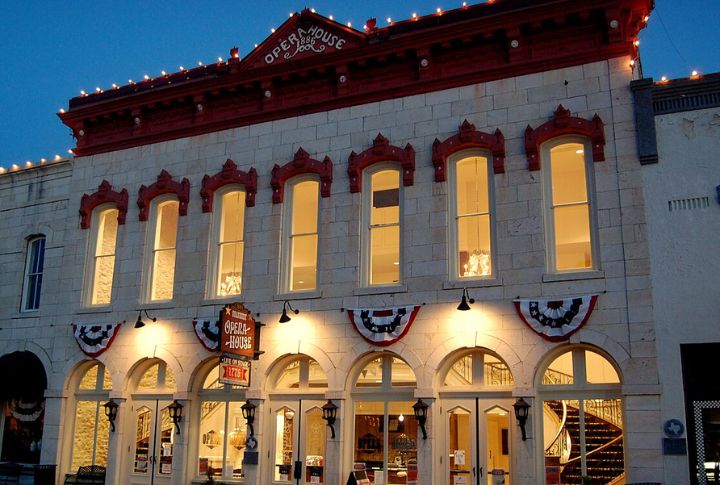
Texas is more than just big cities and wide-open spaces—it’s a state full of history and unexpected treasures. While cities like Austin and Dallas often steal the spotlight, Texas’s true heart can be found in lesser-known towns. These hidden gems offer historic architecture, natural wonders, and much more. Here are 10 small towns worth adding to your travel list.
Marfa
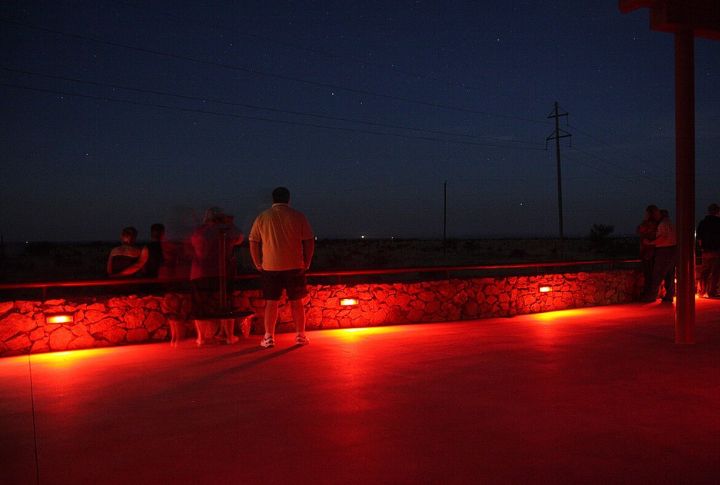
Marfa is a small town with a big reputation for contemporary art and mysterious lights. It gained international fame when artist Donald Judd transformed old military buildings into large-scale minimalist installations. The Chinati Foundation, an art museum, draws visitors worldwide. At night, travelers gather at the Marfa Lights Viewing Area in hopes of spotting the unexplained orbs.
Fredericksburg
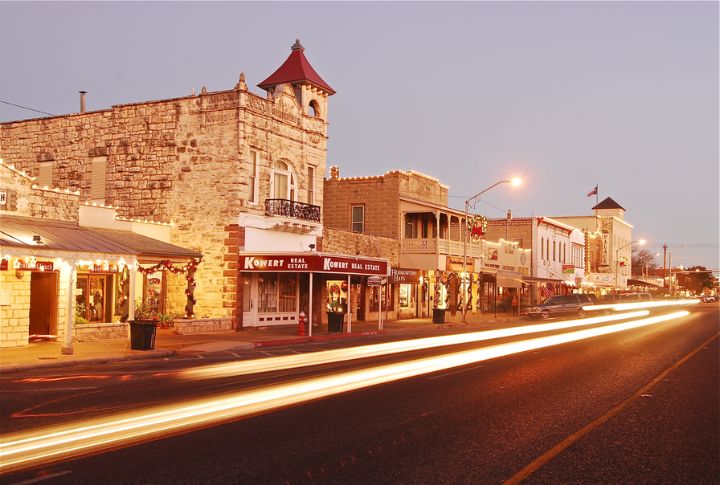
Located in the heart of Texas Hill Country, Fredericksburg is known for its deep German heritage, which is evident in its food, architecture, and annual Oktoberfest. The town was founded in 1846 by German immigrants, and its Main Street is still lined with old-world charm. Today, it’s also the center of Texas wine country, home to over 50 wineries and tasting rooms.
Jefferson
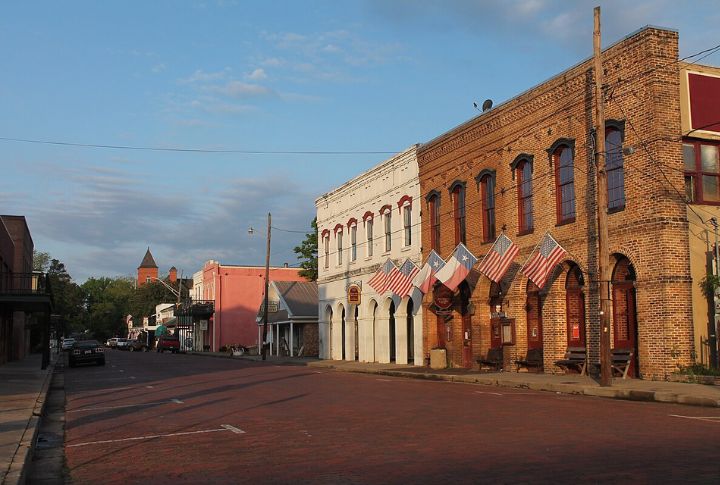
Once a booming 19th-century river port that rivaled Dallas in size, this historic East Texas town is steeped in charm and mystery. Jefferson’s cobblestone streets and grand antebellum homes create a classic Southern Gothic atmosphere. Known as one of the most haunted towns in Texas, its ghost tours and the storied Excelsior House Hotel add to the town’s eerie charm.
Wimberley

Wimberley sits at the confluence of Cypress Creek and the Blanco River and is beloved for its scenic natural beauty. The town has art galleries and weekend markets. Visitors flock to swim in Blue Hole Regional Park and dive off the cliffs at Jacob’s Well, a famous underwater cave and artesian spring.
Granbury
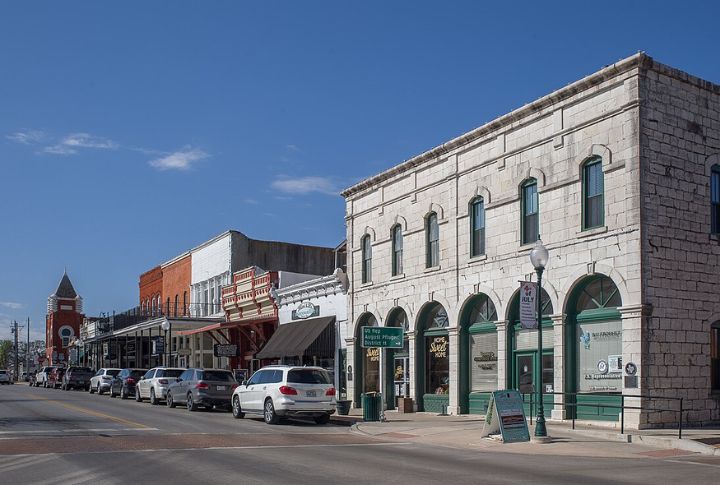
Granbury is located just southwest of Fort Worth and offers a unique blend of small-town charm and rich Civil War history. Its historic downtown square is filled with cafes and a restored opera house. Granbury’s opera house, built in 1886, still stands today and continues to host year-round performances. The town also supports a strong performing arts scene with year-round productions.
Lockhart

Recognized as the “Barbecue Capital of Texas,” Lockhart is a pilgrimage site for meat lovers. Legendary joints like Kreuz Market and Black’s Barbecue have been serving up smoky brisket and sausage for generations. But it’s not just about food—Lockhart is home to a beautiful, towering Caldwell County Courthouse, built in 1894 in Second Empire style.
Alpine
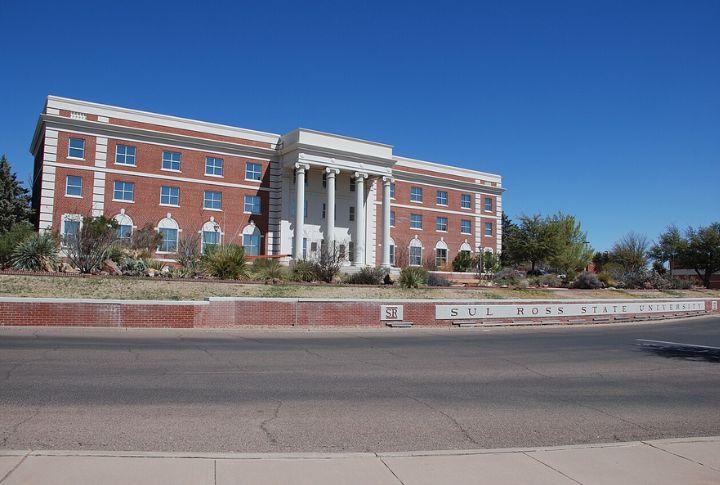
Alpine sits at an elevation of over 4,400 feet and serves as the gateway to Big Bend National Park and West Texas adventures. It’s home to Sul Ross State University, which gives the town an academic and cultural edge. The historic Holland Hotel and lively downtown reflect its Old West roots mixed with modern flair.
Glen Rose
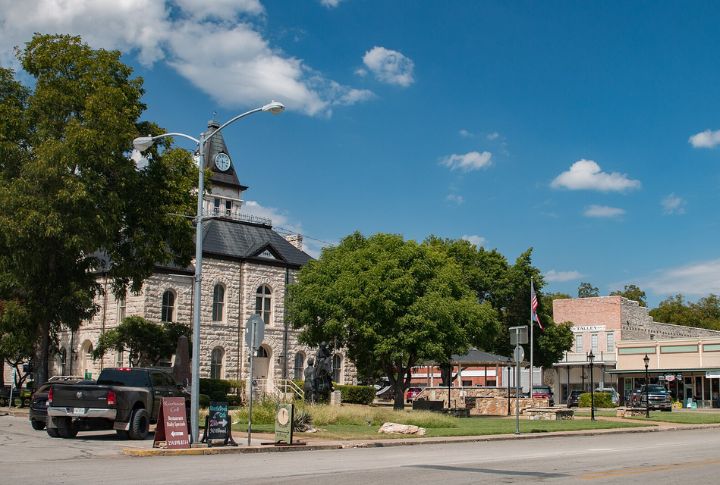
Also called the “Dinosaur Capital of Texas,” Glen Rose is perfect for families and fossil hunters. Dinosaur Valley State Park features real dinosaur tracks preserved in the Paluxy River bed, along with miles of trails for hiking and biking. The nearby Fossil Rim Wildlife Center offers drive-through safaris with exotic animals like giraffes and rhinos.
Port Isabel

This coastal gem near South Padre Island combines nautical charm with rich maritime history. The Port Isabel Lighthouse, built in 1852, is the only lighthouse on the Texas coast open to the public and offers beautiful views of the Gulf. The town’s Lighthouse Square is lined with seafood restaurants and museums like the Port Isabel Historical Museum.
Terlingua

Near the Mexican border and Big Bend National Park lies Terlingua, another ghost town turned quirky tourist magnet. Once a thriving mercury mining village, its population dwindled after WWII, leaving behind a rugged mystique. Terlingua is known for its annual chili cook-off, drawing thousands to the desert for music, food, and revelry.

